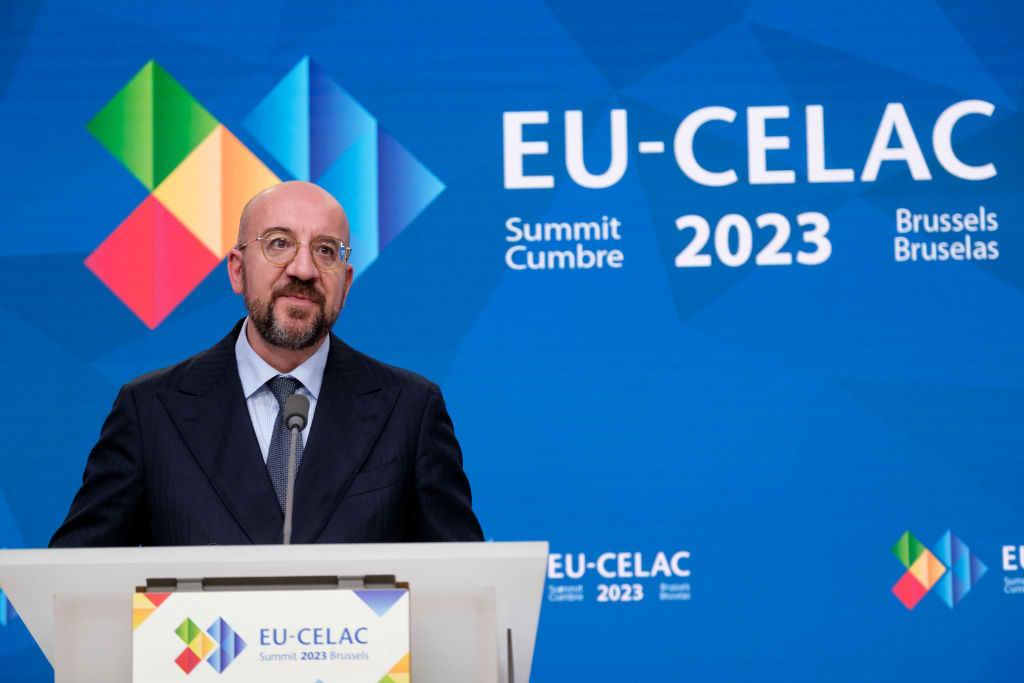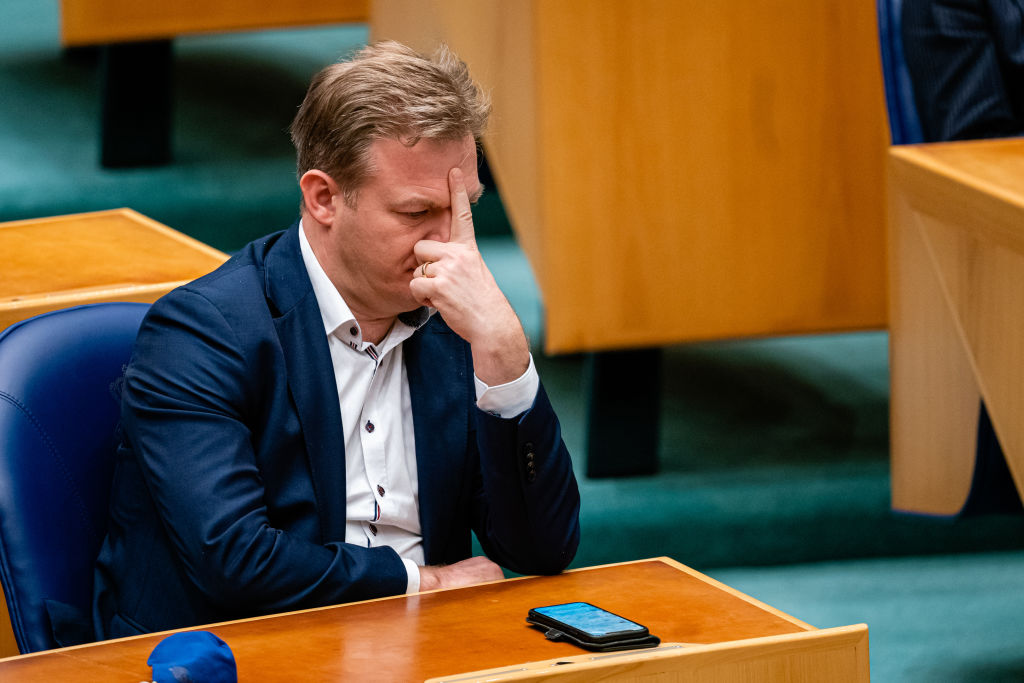The installation of new offshore wind farms is becoming increasingly difficult, with high costs and low returns scaring off investors and causing major problems for the “green” energy sector.
Despite President of the European Commission Ursula von der Leyen promising to accelerate investment in so-called “clean tech” in her State of the Union speech on September 13, the sector is in disarray after the latest UK Government offshore auction hit the buffers as no bidders were found.
The apparent aversion to investment in the sector comes as Europe’s energy needs are growing and as the relevant technology is maturing and becoming far more efficient.
Governments are finding attracting backers a struggle as subsidies for clean-tech operations are diminishing.
The stagnation of the sector in the UK is allegedly the result of London having set maximum prices that are too low, in combination with rising prices in raw materials and increasing manufacturing costs. For example, the price of steel has gone up by 40 per cent.
In addition, banks are not keen to invest amid the high inflation rates, Belgian newspaper De Tijd reports.
The UK is rattled by the situation within the sector. The Labour opposition spokesman for energy, Ed Miliband, told the BBC on September 8 that the results of the latest auction were an “absolute disaster” that the government should have foreseen. The UK is the biggest market in Europe for offshore wind with 78 megawatts operational, which is more installed capacity than any other country.
The British Government aims to triple offshore generating capacity by 2030 in order to tackle the current energy crisis but with no bidders at its auction, that target will be hard to reach.
The European Union is banking heavily on wind energy and declared at the North Sea Summit in April that Europe should produce offshore wind “contributing to competitive energy prices, climate neutrality, and energy security”.
“We aim for a cost-efficient build-out of offshore wind that will harvest the potential of the North Seas in the most beneficial way for both the connected countries and Europe.”
Now it looks like the bloc will face the same difficulties as the UK.
Similarly, the US is also struggling with finding backers for new offshore wind farms in the Gulf of Mexico. Recently, it had three sites for wind farms available to backers yet only one of them attracted an investor.
This was despite the US Government providing incentives for investing in offshore wind energy and the domestic supply chain via the Inflation Reduction Act.
Earlier in the summer, Denmark’s global offshore wind-power leader Ørsted faced a setback when it had to write down €2.3 billion on planned American wind farm projects.
In the US, rising costs for materials, financing challenges and supply-chain issues have disrupted the financial projections made just a few years ago. Consequently, an increasing number of projects are experiencing delays or postponements.
For several years now, prominent wind-turbine manufacturers such as Siemens Gamesa and Vestas have been grappling with substantial losses. They have been compelled to rapidly introduce newer and larger models to the market but these investments have so far failed to yield suitable returns. To make matters worse, Siemens in June warned of failing components and possible design faults in its onshore wind turbines.
Last year, the four biggest Western wind-turbine makers – Vestas, GE, Siemens Energy’s Siemens Gamesa and Nordex – made total sales of more than €41 billion. Combined losses exceeded €5 billion, Reuters reported.
Von der Leyen’s promise to keep investing in offshore wind farms received a positive response from the energy industry lobby Eurelectric. At the same time, it emphasised the need for immediate assistance in modernising Europe’s power grids to accommodate the desired increase in renewable energy sources.
According to the EU, close to €600 billion is needed to meet its green goals by 2030. Regardless of the structural issues in the sector, von der Leyen said she will “stay on course” on the green agenda.





